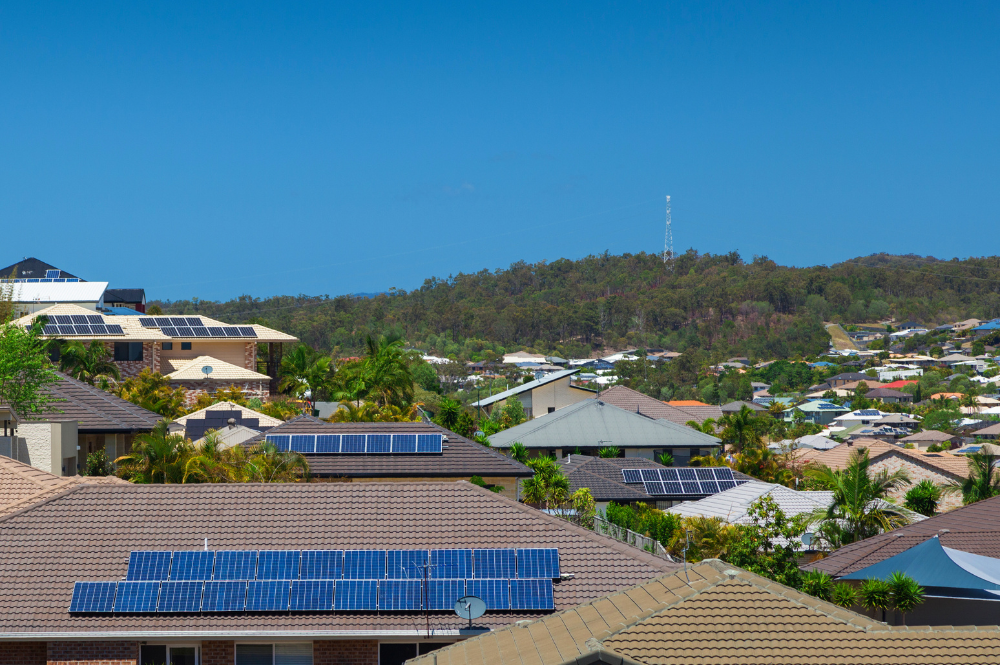Thinking about clean, renewable and cost-saving energy for your home? You’re not alone! Thanks to rebates, incentives, the cost of living and a growing concern for the environment, residential solar panel systems have become increasingly popular in the last few years. But with any significant investment, it’s normal to have questions, and seek clarity. We’ve pulled together some of the questions we get asked regularly, so you can start your journey with confidence. From electricity forecasts, to excess energy, and the weather, we’ve got you covered.
How much electricity will a solar panel system generate for my house?
Good question! This depends on a couple of things. Panel quality and efficiency, location and sun exposure each play a crucial role in how much electricity your solar panel system will produce. Modern panels have optimised efficiency that allows them to convert more sunlight into electricity. In the Southern Hemisphere, it’s ideal to have a northern-facing orientation to receive the most sunlight and maximise energy production, however we assess all the best ways to maximise your solar panel system, based on your home. On average, a well-designed solar panel system generates between 3 to 5 kilowatt-hours (kWh) per day for every kilowatt (kW) of installed capacity. So, a 6 kW solar panel system would generate between 18 – 30 kWh’s per day.
What happens to excess energy generated by solar panels?
It’s possible that your solar panels will produce more energy than your home consumes, especially a well-optimised system during sunny periods. So there’s various ways to manage excess energy. One common way is net metering. Net metering simply feeds any surplus electricity back into the grid, and gives you credits. These credits can be banked up and later drawn upon, in any instances when your solar panels aren’t generating enough electricity. Another option is feed-in tariffs. Feed-in tariffs allow you to be paid a predetermined rate for the excess energy you feed back into the grid. Finally, you could install a hybrid solar panel system that comes with your solar panels, inverter and a storage battery. A battery allows you to store and consume energy at a later time. This is extremely handy in instances of grid outages, severe weather patterns, etc.
Can I still use electricity from the grid if I have solar panels installed?
Absolutely! As solar panels are typically connected to the grid, you can seamlessly switch between the two as you choose. During the day when your panels are producing more energy than your home needs, this excess can be sent back to the grid. Come night or during times of high energy demand, you can simply draw electricity back from the grid (e.g. using your credits). A grid-tied setup ensures both constant and reliable power supply. So you have the flexibility and peace of mind you need.
Can solar panels be affected by weather conditions like hail or snow?
The good news is – solar panels are built to withstand various weather conditions. Including hail and snow! They’re built with durable materials and tempered glass that can withstand impact. Rest assured, most panels undergo rigorous testing to ensure they meet industry standards for durability. Not only are they built for durability, but they’re designed to continue generating electricity no matter the weather pattern.
More questions?
We’ve covered a bunch of frequently asked questions here, too (we couldn’t fit them all into just one blog post!). If you’ve got any more questions, give us a call. 1300 4 SOLAR. We look forward to providing you more clarity!


Leave A Comment